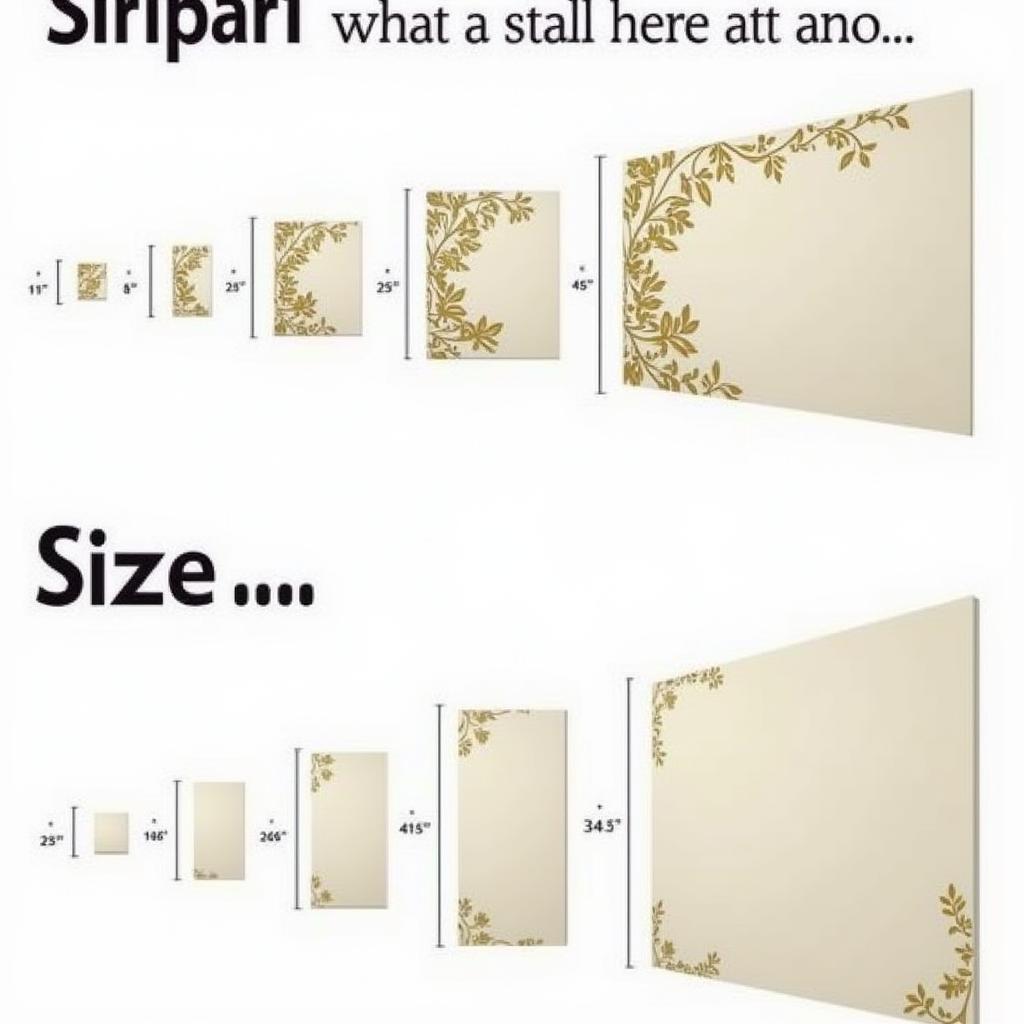Captivating Rain Storm Art: Unleashing Creativity Through Digital Mediums
Rain Storm Art has a unique ability to evoke powerful emotions and transport us to another world. The mesmerizing interplay of light and shadow, the dynamic movement of water, and the atmospheric depth of a downpour create a canvas ripe for artistic exploration. Whether you’re a seasoned digital artist or just starting your creative journey, exploring rain storm art can be an incredibly rewarding experience. Let’s dive into the world of depicting rain and storms in your art.
Rain and storms offer artists a diverse range of symbolic interpretations. From cleansing and renewal to chaos and destruction, the multifaceted nature of rain provides endless avenues for creative expression. In digital art, artists leverage software and tools to create stunning visuals that capture the essence of rain, from the gentle patter of droplets to the dramatic force of a thunderstorm. Think about the impact and meaning you want to convey with your art, and let it guide your creative process. After brainstorming your vision, consider how to translate these elements into your artwork. For instance, you might use a muted color palette to represent a somber mood or vibrant hues to depict the energy of a thunderstorm. You can find inspiration in various sources, like couple canvas art.
Mastering the Art of Digital Rain
Creating realistic rain effects in digital art involves understanding the behavior of water and light. Consider how rain interacts with its environment – how it streaks across windows, splashes on surfaces, and distorts reflections. Pay attention to the way light refracts through raindrops, creating highlights and shimmering effects. By observing these details, you can infuse your artwork with a sense of realism and depth.
Techniques for Depicting Rain in Digital Art
There are several techniques to bring rain to life in your digital art:
- Brush techniques: Utilize custom brushes to create realistic rain streaks, splashes, and textures. Experiment with different brush settings to achieve a variety of effects, from fine mist to heavy downpour.
- Layering: Use layers to build depth and complexity in your rain effects. Create separate layers for rain streaks, puddles, and atmospheric effects to control and refine each element individually.
- Blending modes: Experiment with blending modes to achieve realistic interactions between rain and the surrounding environment. Use blending modes like “Overlay” or “Screen” to create the illusion of light refracting through raindrops.
- Color and Lighting: Carefully choose your color palette and lighting to enhance the mood and atmosphere of your rain scene. Use cool tones to create a sense of coldness and wetness, and warm tones to contrast the rain with a sense of warmth and dryness.
Exploring the Emotional Impact of Rain Storms
Rain storms can evoke a wide range of emotions, from tranquility and introspection to fear and awe. When creating rain storm art, consider the emotional impact you want to convey. Do you want to create a sense of peaceful solitude or the dramatic intensity of a raging storm? By understanding the emotional power of rain, you can create art that resonates deeply with your audience. Consider adding elements such as figures seeking shelter or birds taking flight to further enhance the emotional narrative. Perhaps, concepts found in concept art brave can spark inspiration.
Capturing the Mood and Atmosphere
To effectively capture the mood and atmosphere of a rain storm, pay close attention to the details:
- Color Palette: Use a limited color palette to create a unified and cohesive mood. Darker, desaturated colors can evoke feelings of melancholy, while brighter, more saturated colors can create a sense of vibrancy and energy.
- Contrast: Use contrast to emphasize the dramatic elements of the storm. The bright flash of lightning against a dark sky, or the silhouette of a tree against the backdrop of pouring rain, can create powerful visual impact.
- Composition: Carefully consider your composition to guide the viewer’s eye and create a sense of movement and drama. Use leading lines to draw attention to focal points and create a sense of depth.
Creating a Sense of Movement and Drama
Rain storms are dynamic and full of movement. Capturing this movement is crucial to creating compelling rain storm art. Use techniques like motion blur to suggest the speed of falling rain or the rush of wind. Experiment with dynamic brushstrokes to create a sense of fluidity and energy. By incorporating these techniques, you can bring your rain storm art to life. You can also draw inspiration from unconventional art forms, like glass outdoor art, to infuse a unique perspective into your rain storm creations.
“Capturing the essence of a rain storm is about more than just depicting water falling from the sky,” says renowned digital artist, Anya Petrova. “It’s about capturing the energy, the emotion, and the transformative power of nature.” Petrova’s work is known for its stunningly realistic depictions of rain, often imbued with a sense of quiet contemplation.
Tools and Resources for Rain Storm Art
A variety of digital art tools can help you create stunning rain storm art:
- Photoshop: A powerful software with a wide range of brushes, blending modes, and filters for creating realistic rain effects.
- Procreate: A versatile app for iPad with a user-friendly interface and a variety of brushes designed for painting and drawing.
- Clip Studio Paint: A popular software among comic book artists and illustrators, offering powerful tools for creating dynamic and expressive rain effects.
“Don’t be afraid to experiment and push the boundaries of your creativity,” adds Petrova. “The beauty of digital art lies in its limitless possibilities.”
Conclusion
Rain storm art offers a powerful way to connect with nature’s raw beauty and explore the depths of human emotion. By mastering the techniques of digital art and understanding the interplay of light, shadow, and movement, you can create captivating artwork that evokes a sense of wonder and awe. So, grab your digital tools and embrace the creative challenge of capturing the essence of a rain storm. Perhaps you could explore other art forms like eriette of the charmed apple art for further inspiration. Remember, the journey of artistic exploration is as rewarding as the final masterpiece.
FAQ
- What brushes are best for creating rain effects in digital art?
- How can I create realistic puddles and reflections in my rain storm art?
- What color palettes are effective for conveying different moods in rain scenes?
- How can I use layering and blending modes to enhance my rain effects?
- What are some tips for capturing the movement and energy of a rain storm in my art?
- Where can I find inspiration and tutorials for rain storm art?
- What software is recommended for beginners in digital rain storm art?
When you need support, please contact Phone Number: 02462573573, Email: danteum@gmail.com Or visit us at: Savico Megamall, 7-9 Đ. Nguyễn Văn Linh, Gia Thụy, Long Biên, Hà Nội 10000, Việt Nam. We have a 24/7 customer support team.


